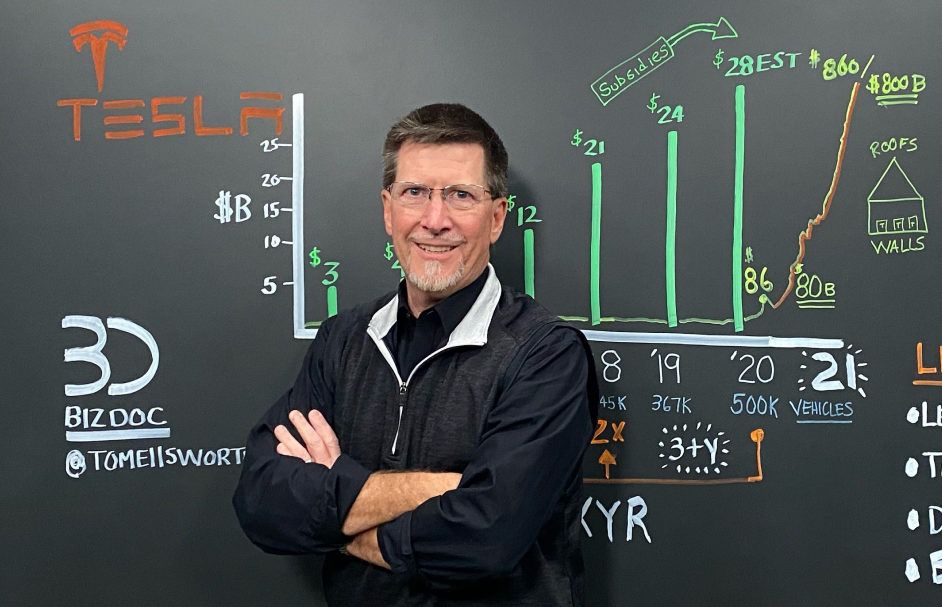Hit enter to search
5 Reasons Why Founder CEOs Need a COO
In the past week I have had no less than a dozen conversations about why Founder CEOs need COOs.
Recently I wrote about “Finding the Better Part of You” (see it here) which is closely related to this topic. The reality is that a Founder CEO typically built the company on a product vision and then applied his or her particular skills. These skills are usually related to conceiving and developing the product or service that became the cornerstone of the company he or she founded. I am not leaving out the operations, sales and marketing people who have founded companies – but the product folks usually carry the day. These product skills and some level of evangelistic aptitude are combined to secure the first customers and investors.
So it goes that if the company is successful the Founder CEO is slowly but certainly consumed by running the business on the inside vs. the early days of carrying the vision to build the business from the outside. Many business minds, such as Jim Alampi, point out that Founder CEOs usually encounter a major stress point as the enterprise crosses $10M in sales. Data on the subject proves these voices to be correct. Organizational growth, the need for more mature processes and such all seem to cry out for attention at $10M in revenue.
From experience of my own and listening to others, here are my top 5 reasons (not in any particular order) why Founder CEOs need a COO to vault the $10M hurdle:
1. COMPETITION: $10M in revenue is a sure sign of a meaningful business and that invariably attracts even more meaningful competitors. The CEO needs to be freed-up to dedicate time to the vital job of assessing the market, analyzing competitors and determining the appropriate strategic responses (as he or she did in the beginning).
2. PRODUCT: A stated above, Founder CEOs usually comes from some product vector. The product vision and roadmap will invariably come out of corporate strategy decisions. As competition has matured so have their product offerings. It is vital to keep the product relevant and in a leadership position and this requires focus and focus requires time.
3. AMBASSADORSHIP: There is no greater ambassador to touch the top customers than the CEO. The VP of sales should have unfettered access to the CEO for this exact purpose – and the CEO must be available. These visits also will garner key information that will flow right into points 1 & 2 above.
4. FINANCING: As sales grew, so did AR and so did the cash-flow float. Product development budgets also increase in size and scope. All of this balance sheet activity strains available resources and calls for the normal influx of growth capital. Banks and VCs invest in CEOs and companies – in that order. The COO and VP of finance can “set the table” but the CEO needs to be bankable and close the deal.
5. MENTORSHIP & MANAGEMENT: VPs and SVPs positioned for next-level responsibilities in the growing firm need C-Level mentorship. The CEO can not only provide it but objectively judge the readiness of these individuals for those positions. Distracted CEOs consumed by other things cannot make fully informed key personnel decisions and a hiring or promotion error WILL have significant ripple effects.
As you have read, all of the above need the most precious of resources: TIME. A CEO burdened by internal matters (annual plans, budgets, internal dashboards, HR, etc.) that could and should have been handled by the COO has no time to dedicate to the most vital of matters that call for high-quality decisions. As you look back on the list, there is a blend of external issues (Ambassadorship and Competition) and internal matters (Product and Mentorship and Management). A CEO needs to achieve the right blend of internal and external activities – and a CEO buried in his or her office can’t do so and, worse, can’t see the enemy moving its troops either.
Thus, the COO is a key enabler. The COO must free the CEO to spend, in my opinion, 50% of his or her time on the things he or she did to establish the company in the first place. With the CEO back to being an impact player investing time into his or her area of value-driving expertise, the company should thrive. Back in the day, the CEO “HAD” to do these things. At $10M, the CEO “NEEDS” to to do these things or get back to them! In my opinion, the COO’s #1 goal should be to ensure the CEOs role and time demands are optimized toward value creation. The execution may look different from company to company, but this goal of the COO should be consistent across sectors and markets.
Selecting the right COO is another mater – and that’s for another post.

